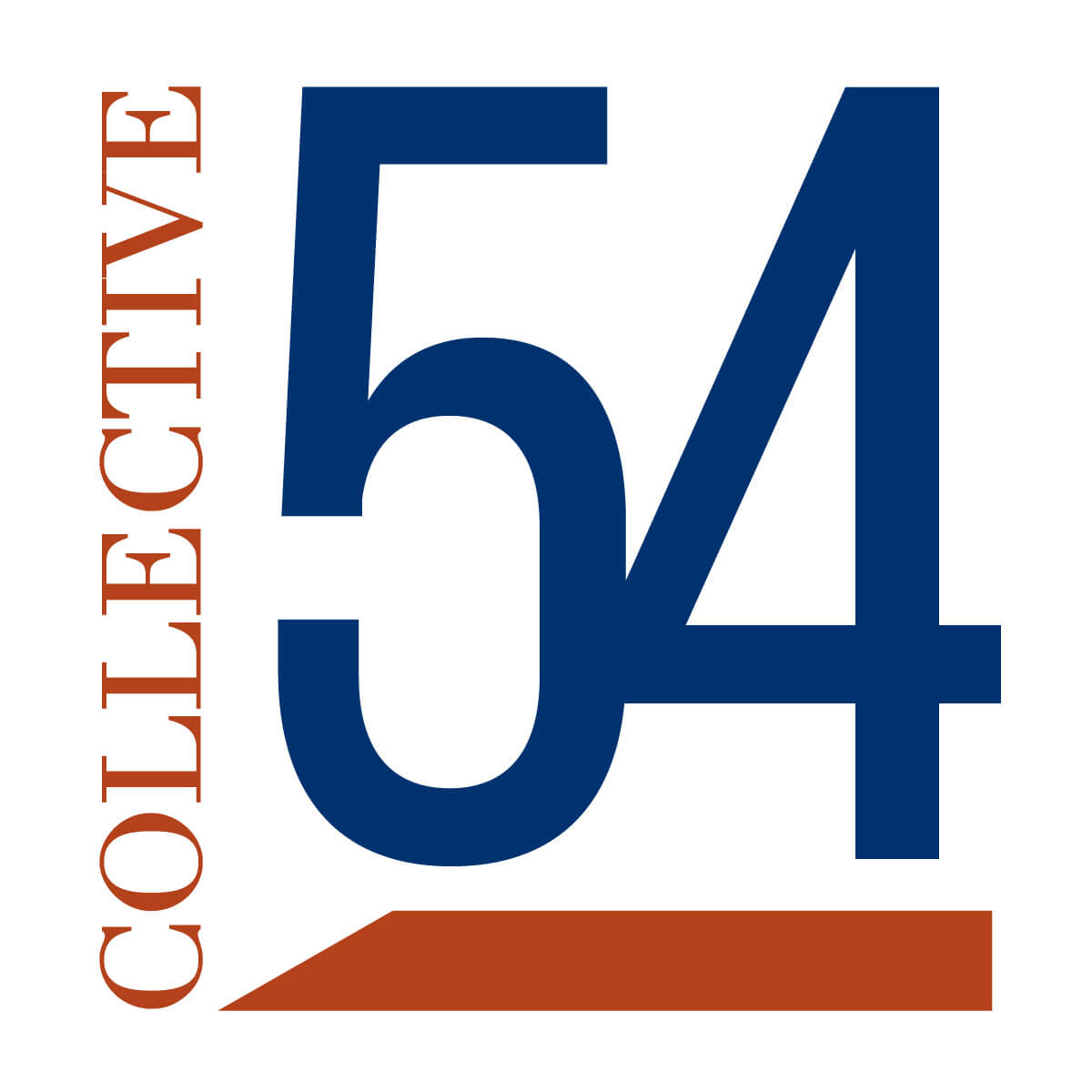Understanding Employee Stock Options in Boutique Professional Service Firms
When the topic of employee stock options arises, thoughts usually gravitate towards tech startups and Silicon Valley’s golden handcuffs. However, the world of boutique professional service firms has its own unique landscape.


